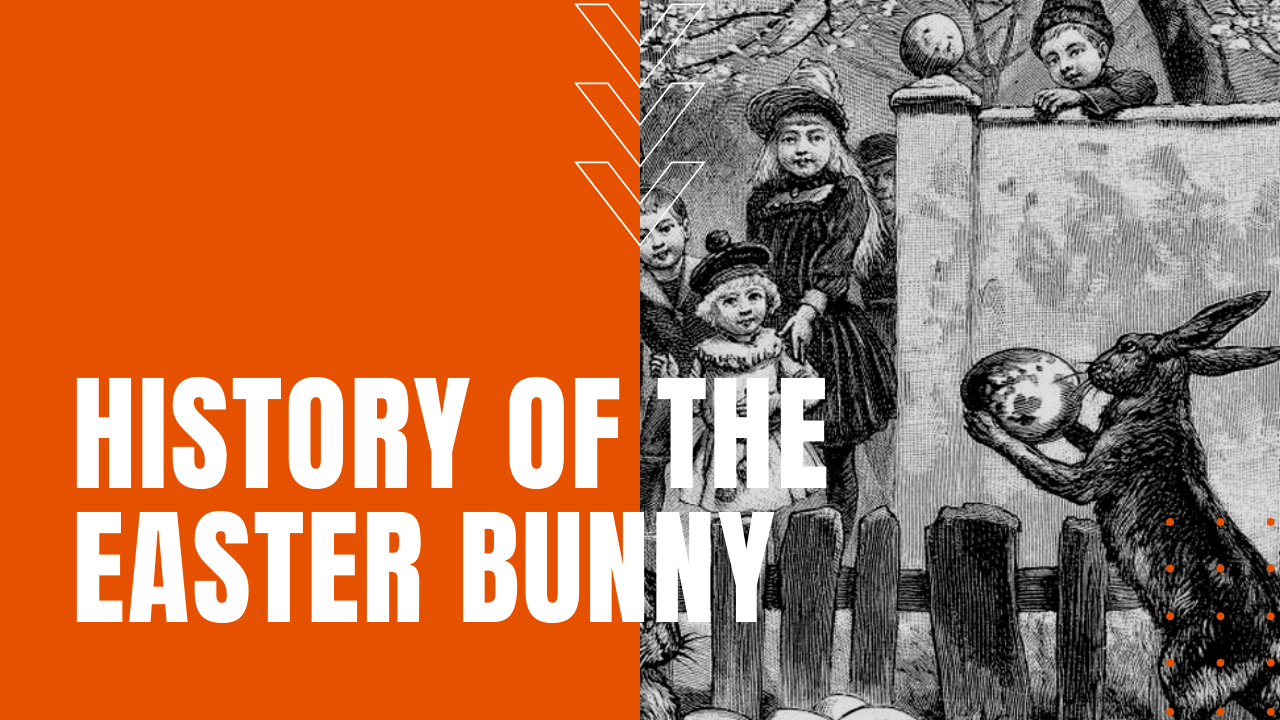History and Traditions of the Easter Bunny and his Eggs

While the Bible makes no reference to a long-eared, short-tailed creature who delivers decorated eggs to well-behaved children on Easter Sunday, the Easter bunny has become a prominent symbol of Christianity’s most important holiday.
Rabbit: Symbol of New Life
Before the birth of Christ, rabbits were an ancient symbol of fertility and new life, due in large part to their reputation for abundant procreation. According to some sources, the Easter bunny first arrived in America in the 1700s, when German immigrants settled in Pennsylvania, bringing with them a tradition of an egg-laying hare called “Osterhase” or “Oschter Haws,” who delivered colored Easter eggs on Easter morning after their children set out nests the night before.
Eventually, the custom spread across the United States, while the Easter bunny’s nocturnal deliveries eventually expanded to include chocolate and an assortment of gifts. Simple egg nests morphed into colorful Easter Baskets, and as the tradition spread throughout the states, children often left out carrots for the Easter bunny, in case he got hungry during his olympiad hop.
Easter Eggs: Symbol of Procreation
Just as rabbits are known for fertility and procreation, eggs possessed a similar symbolism dating back to pagan celebrations of springtime and the promise of new life. From a Christian perspective, Easter eggs are a symbol of Christ’s emergence and resurrection from the tomb, while decorating eggs for Easter is a tradition that dates back to the 13th century.
The best explanation for this ancient custom is that eggs, in the Christian tradition, represented a forbidden food during Lent, which prompted early Christians to paint and decorate eggs to mark the end of their period of penance and fasting, consuming them on Easter as a celebration of rebirth and renewal.
Today, Easter is the second best-selling candy holiday in America after Halloween, and while chocolate Easter eggs date back to early 19th century Europe, the jelly bean has been associated with Easter in the United States since the 1930s. According to the National Confectioners Association, over 16 billion jelly beans are made in the U.S. each year for Easter, turning the holiday into a hyper-glucose event for children everywhere.
